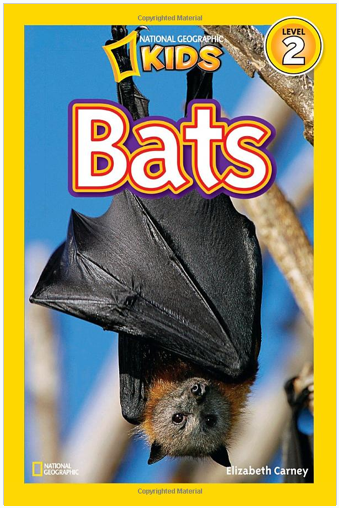The first nine weeks of this school year are now in the record book. Our fall break officially began today. Before I left school, I had several loose ends to take care of. One loose end was the changing of my September math boxes for the October ones.
My kids needed a few extra days to finish up with September's. Now they will start fresh with new math boxes when they return from break.
I am a big fan of math boxes. I mainly use them for skill review. However, I also use them to lay the ground work for upcoming instruction and to allow for practice with current skills.
Here is a bit about how math boxes work in my class. To begin with, I have an easily accessible cabinet where I keep all of the math boxes. They are clearly labels with a number. Students know where everything is and exactly how to put it away.
My students usually work with a partner on math boxes. They stay on the same set of boxes for about one month. Since I usually put out ten activities, students will complete each box two times. Usually the first time through they are getting a feel for the activities. A couple of weeks later when they do it again, they are usually much more confident.
When it's time to change out the boxes, I pull them off the shelves. All of the pieces go in a large envelope along with a master copy of the recording sheets. Then I reload the boxes with the new activities.
On the first day of the new math boxes, I show and explain all of the activities to the class. I really try to make the steps to complete the activities as basic as possible, so that the students can be independent.
To keep track of the math box schedule, I have a master copy of it in my plan book. The students keep track with a clip chart. My class helper is responsible for moving the clips at the end of math box time. She will just move each clip down one number each day. While the bottom clip goes to the top. Having some type of chart really helps students remember where they need to be.
The clip chart is nothing fancy, but it gets the job done. It is very simple to make. It is a half sheet of laminated card stock. Since my chart is hanging, I really like the small clips. They are not has heavy. I wrote student numbers on the clips. I recommend writing them on both sides so that they can be clip to either side of the chart.
Math boxes are a great way for students to learn. Not only are students developing their math capabilities, they are also learning to share, take turns, and work as a team. What more could a teacher want?
Best.

























